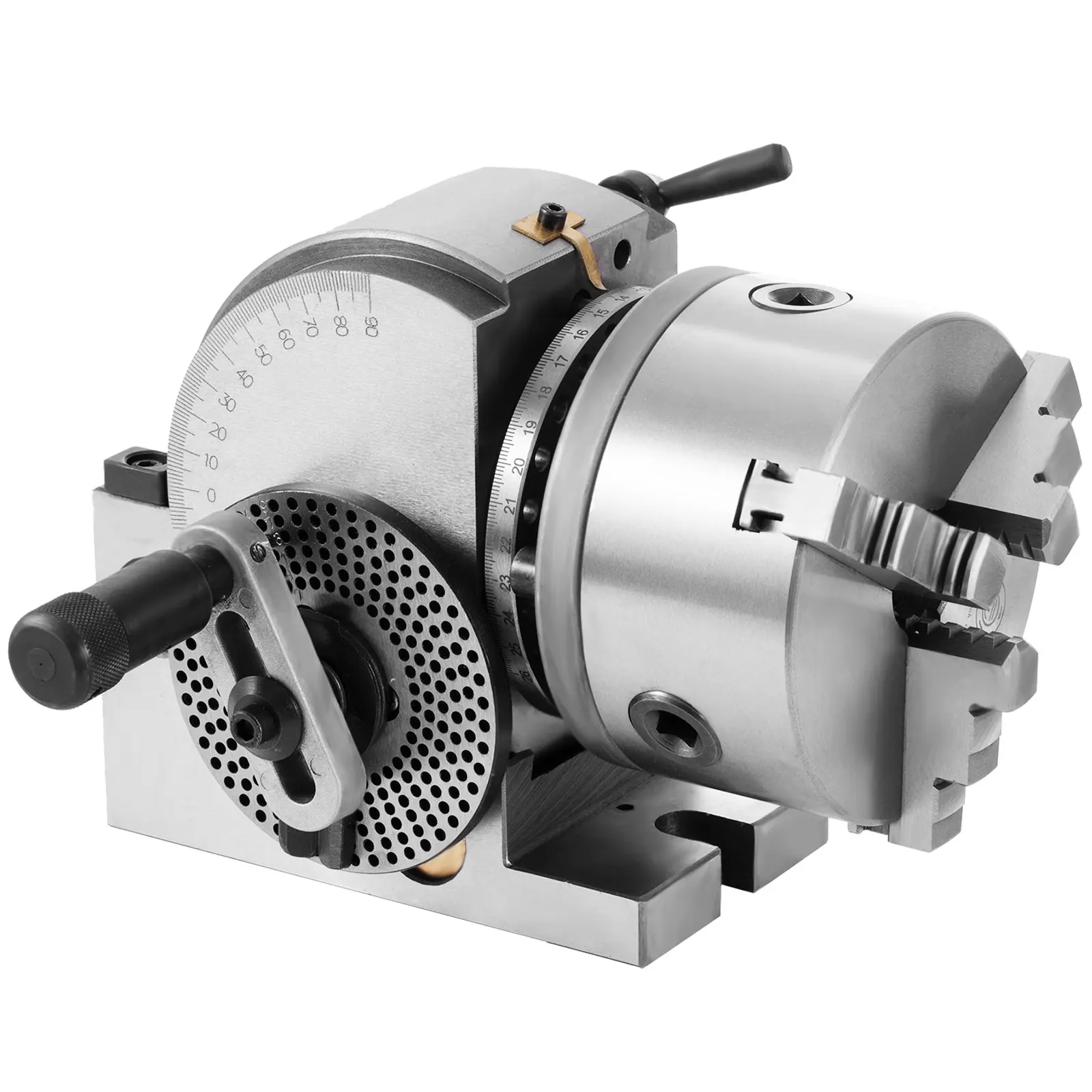In the realm of modern metalworking, the dividing head is an essential tool, particularly when precise angular cuts or drilling is required. It finds widespread application in machine shops and precision manufacturing processes. The primary function of a dividing head is to hold a workpiece on a rotatable device that can be accurately indexed to preset angular positions.
Principle and Construction
A dividing head typically consists of a base with a gear mechanism and a spindle for mounting the workpiece. Through a series of complex gear systems, operators can rotate the spindle to very precise angles. This rotation can be done manually or controlled through automation when integrated with Computer Numerical Control (CNC) machines.
Applications
The range of applications for dividing heads is broad, including but not limited to:
- Gear Cutting: In gear production, a dividing head ensures each tooth is accurately positioned.
- Polyhedral Work: For parts requiring multiple identical faces, such as hex nuts or cubic molds, a dividing head ensures uniform distribution of faces.
- Angular Cuts: When fabricating parts that require specific angles, such as tool edges or non-linear contours, a dividing head provides the necessary accuracy.
Choosing the Right Dividing Head
When considering the purchase or use of a dividing head, several factors should be considered:
- Capacity: Choose a size appropriate for the dimensions of your workpiece.
- Accuracy: For high-precision jobs, opt for a dividing head with a higher grade of accuracy.
- Versatility: Some designs allow for more adjustment options, which can be advantageous for intricate workpieces.
- Automation Level: With advancements in technology, many dividing heads support integration with CNC systems, enhancing productivity.
Conclusion
As a crucial tool in machining operations, the dividing head brings significant convenience due to its precision and reliability. Whether it’s a traditional manual dividing head or a modern CNC version, they all contribute to achieving more intricate and efficient machining tasks. As industrial automation continues to evolve, so too will the design and technology of dividing heads, adapting to meet increasingly diverse and sophisticated machining requirements.


